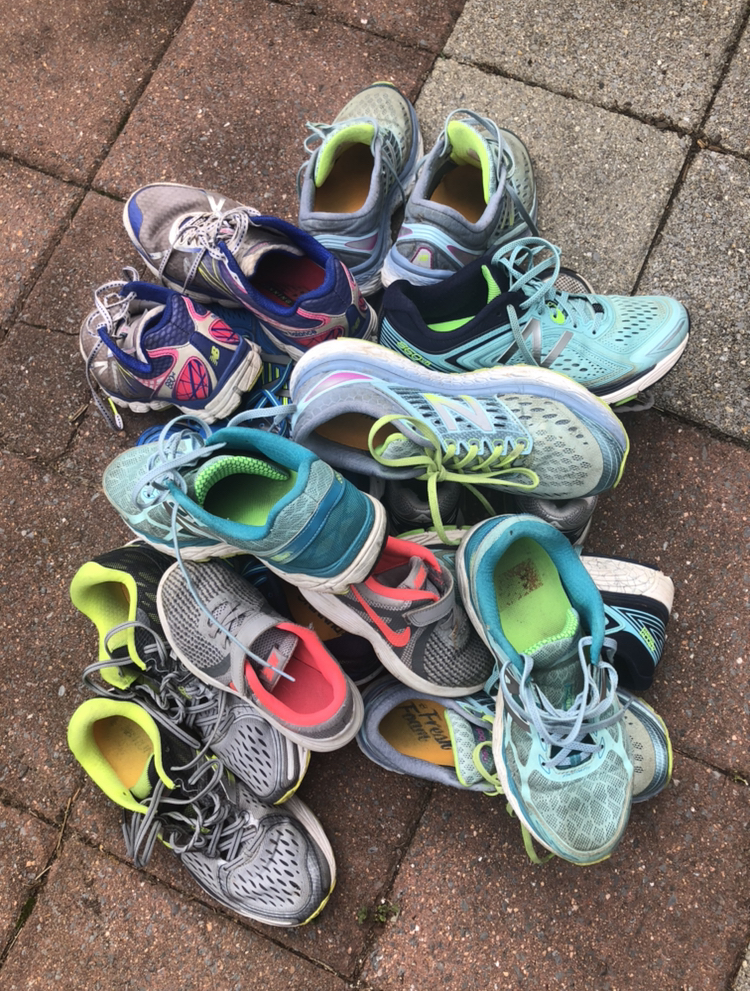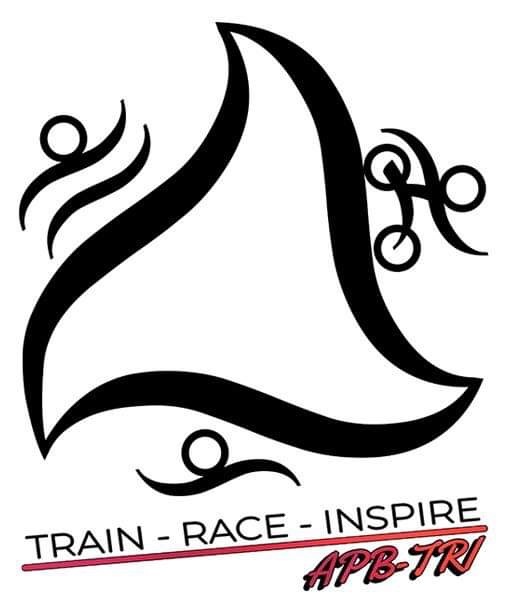
I have a lot of running shoes, don’t I? I included a couple of pairs that are not mine, too… But there is one thing those have in common: almost all of them are meant for long distance road running.
I wrote a whole post on choosing the right running shoes for you, but in all honesty, it was mostly about long distance road running. Now it’s time to talk about shoe types. The first thing you need to ask yourself is where you plan on running. And yes, the true answer is that there is a chance you will need more than one pair of running shoes (but for the love of all that is holly, keep the number of your shoes under control). As it is, even if you are always repeat the same type of a run, you should not use the same running shoes multiple days in the row. Shoes need at least one day off in between use in order to rest up and fully dry. The second question is about a sub-group. So here they are.
Sprint shoes (spikes)
Those are the light, small-looking shoes, frequently with spikes under your toes. They are stiffer than most other shoes and are meant to help you stay on your toes and push off as hard as possible, but they have less cushioning. Name of the game with them is maximum force and nothing else. Over longer distances and for every day running, they may lead to injuries, as they have little support or cushioning. There are variations within this type, based on distance you are running. You may want to train your sprints in them or use them for races, but they won’t be good for when you are putting in your daily miles.
Trail shoes
It’s all in the name: they are meant for running on trails and everything about their design is meant to help you on stay safe and injury-free on a trail. They tend to be heavier and built with durability in mind, to compensate for and protect from the difficult terrain. The soles are thick with deep tread patterns for traction. Historically, they used to be a lot like hiking boots, but fortunately for all the runners who enjoy trails, progress has been made in design and now you can actually run in them. Trail shoes will give you the best results on trails, but they won’t give you great speeds on dirt on a road.
Long distance race shoes
They have a few things in common with spikes. They are small and light. Unfortunately, they do that at the expense of stability and cushioning. In a sport where every ounce matters, they may help you have a better time at the finish line. However, they won’t give much protection to your feet and the rest of your body. That makes them a bad idea for daily mileage. Personally, I prefer to have support from my stability shoes and some cushioning in the soles, so my knees won’t be killing me (ok, not killing as much) after a race. But if you are after serious times, they can help on the race day.
Road running shoes
These are the shoes I am most comfortable with! These are your high mileage, every day shoes that will help you stay injury-free during your daily runs (or as long-term side effects of all the miles you run). There are three types of running shoes
Cushioning
These shoes are frequently recommended for underpronators, who tend to have high arches. They don’t provide much support, since supinators (aka underpronators) don’t need extra. However, they need shock to be dispersed towards mid-sole and out-sole. I have known a lot of people who shift towards cushioning shoes as they age, as they become more concerned about impact on their joints. However, I am one of the people who went the opposite way.
Somehow, at some point, I switched to cushioned running shoes. I don’t remember when or how that happened, but I can honestly tell you: that was a bad idea. Not because the shoes were bad. They were lovely and I still enjoy my last pair of cushioned shoes for walking around. However, they were the wrong choice for me. I have pretty flat feet and I tend to overpronate. Cushioning shoes did not provide me with sufficient support and I ended up developing a foot injury. Once I switched to more rigid shoes (fortunately, it was winter, so my winter hiking boots worked for this), the injury cleared up quickly. So this is a cautionary tale: choose proper type of shoes for your feet!
Stability
This is where I currently am at and it works. Stability shoes are meant for people who have neutral pronation or small over pronation. They are more cushioned than motion control, but also provide support for your ankle. For me, it’s the optimal mix and the shape of the insole is most comfortable for me while running. I wouldn’t tell anybody they are the best type of a shoe for long distance running because that assumes that I know how you run. I have seen plenty of people with severe overpronation for whom the top priority is keeping their ankle in the right place. On the other hand, for people with very high arch, distributing force of impact over larger portion of foot and softening it is the focus.
Motion Control
Ah, yes, shoes for people with flat feet… I have never enjoyed these, as I find them simply uncomfortable. This is definitely very personal feeling and I wouldn’t want anybody else to be prejudiced against them. They are amazing in correcting overpronation and have been life saver for many people with flat feet. I grew up in Poland and for many years, there was mandatory military service for men. Flat feet combined with severe overpronation were actually on a list of medical conditions that would exempt one from service, as the rate of injury was very high in that group. That came to an end with development of motion control shoes – flat-footed overpronators stopped constantly having foot and ankle problems and were able to serve. So yes, motion control shoes are very much important for those who need them. And if you are one of them, you will be able to see it. Just grab a pair of shoes you wear a lot and take a good look. If they are all broken into the inside, you should definitely get motion control shoes. Their stiffness will save you from preventable injuries.

One thought on “Types of running shoes”